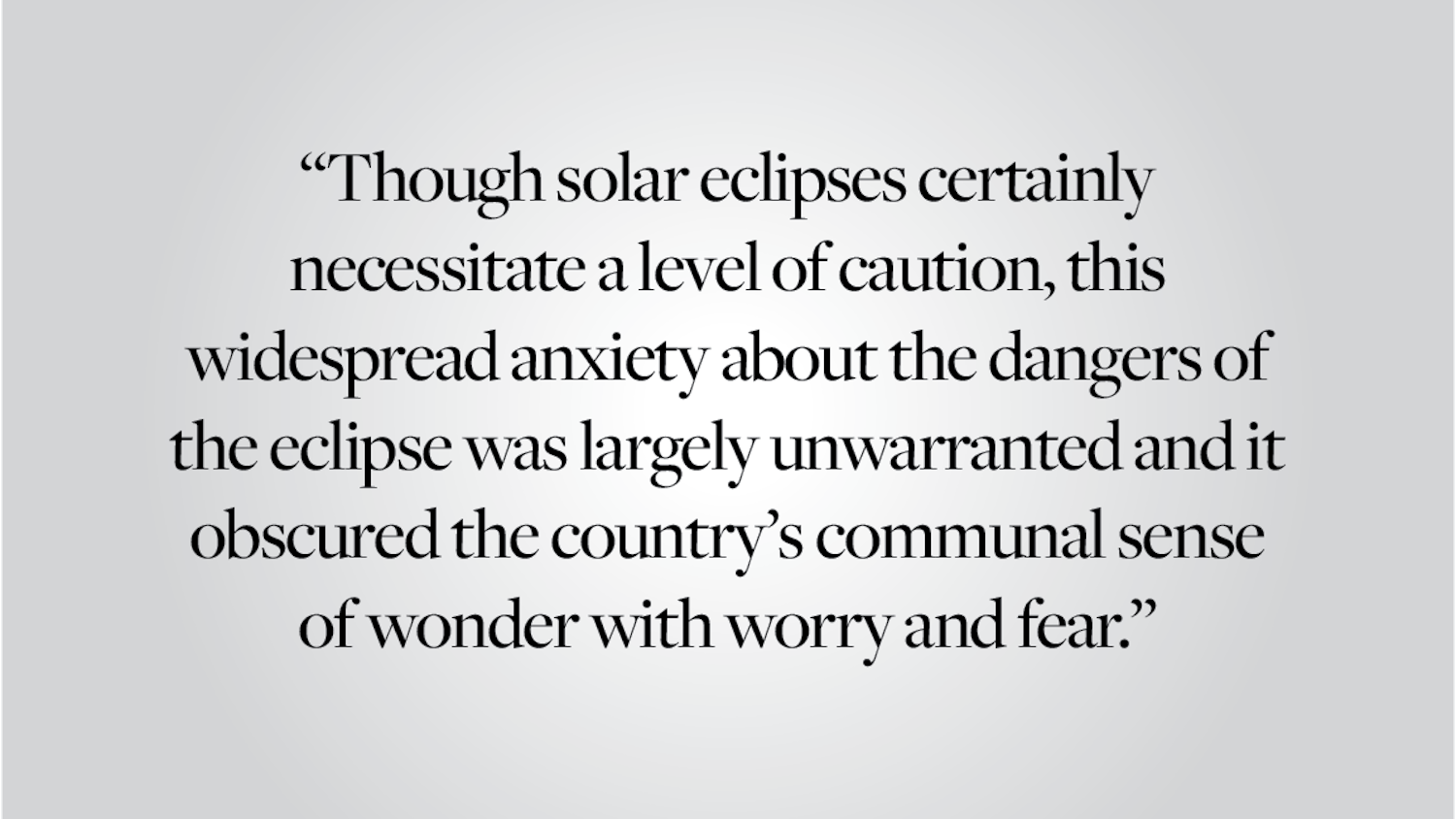This spring, many student climate activists are turning up the heat. On campuses across the country, student activists have turned to sit-ins to pressure their schools to divest from fossil fuels. At Swarthmore College, where a student divestment proposal was rejected at 2013, students have been sitting-in since mid-March.
Similar protests have occurred at Bowdoin College, Yale, and the University of Mary Washington. Syracuse University recently became the largest-endowed university to completely divest from fossil fuels, after an 18-day sit-in last November, The Herald reported last week. Stanford remains the wealthiest school to have divested from coal.
Other institutions have divested as well: Last September, the Rockefeller Brothers Fund, a charitable organization worth $860 million, announced it was going fossil free. The Guardian Media Group, which owns the Guardian newspaper, has divested. According to the New York Times, more than 180 institutions with more than $50 billion in assets have pledged to divest, along with individuals collectively worth more than $1 billion.
In the fall of 2013, the Corporation decided not to divest the University’s endowment from coal, leading to the creation of Fossil Free Brown, a student group dedicated to getting the University completely divested from fossil fuel companies.
Brown’s institutional policy is to divest from companies that create a social harm when either “divestiture will likely have a positive impact toward correcting the specified social harm” or the company “contributes to social harm so grave that it would be inconsistent with the goals and principles of the University to accept funds from that source,” according to an October 2013 email President Christina Paxson P’19 sent to the community.
She wrote that while climate change clearly constitutes a social harm, divestment would not have a significant impact on coal production and that the importance of coal-powered energy for the global economy lessened its evil. Paxson also cited Brown’s efforts to reduce its energy consumption, including reducing its carbon footprint 30 percent from 2007 to 2013.
In her email, Paxson touched on many of the most pertinent issues in the divestment debate: the urgency of action, limited effectiveness, and the alternative of colleges individually reducing their carbon footprint. At this point, the need to prevent human-caused climate change ought to be beyond debate. But divestment may not be the best way.
To be clear, I don’t oppose divestment when institutions choose to do it. In my mind, the strongest argument for it is that it might stigmatize political contributions from fossil fuel companies trying to prevent environmental action.
But activists could better serve the cause they care about by spending their limited time and resources pushing their institutions to invest in renewable energy and energy efficiency. Colleges going completely energy independent — such as investing in solar panels or investing in insulation — would send a similarly strong ethical message and will have a larger impact on the climate than divestment.
What stops many institutions from divesting is the cost. While fossil fuel stocks might make up a small percentage of a college’s total portfolio, divesting would force the school to sell off mutual and index funds that include those stocks, meaning a much larger turnover in their portfolio. Explaining Swarthmore’s decision not to divest, Gil Kemp, chair of the school’s Board of Managers, estimated divestment would cost their $2 billion endowment $11-15 million a year, National Public Radio reported.
Rather than push for divestment, I’d like to see student activists propose plans to make their universities energy independent. Between smaller utility bills and the tax breaks available for alternative energy, these investments could be a long-term financial boon to colleges. While this wouldn’t do as much to stigmatize fossil fuel companies as divestment, it would provide concrete carbon reductions and sustainable energy. It would also provide an alternative to colleges like Brown, Harvard, Swarthmore, Bowdoin and many others, looking to lead on climate change that have said they will not divest. Becoming energy independent could also open the door to a future where fossil fuel companies make significant investments in alternative energy as a way of adapting their business models.
The argument that divestment will financially harm fossil fuel companies is seriously flawed. Most large fossil fuel companies don’t rely on the equity market for their cash flow, and their business model is independent of their stock price. A 1999 study by economists Siew Hong Teoh, Ivo Welch and C. Paul Wazzan found that while divestment from South Africa may have changed the conversation, it did not lower target companies market valuations, since other investors saw value and stepped in.
What would hurt fossil fuel companies’ profitability is if colleges could go off the grid and sustainably produce enough energy to meet all their needs. Like divestment, this too would send a powerful message: A fossil-free future is possible.
Duncan Weinstein ’17 can be reached at duncan_weinstein@brown.edu.




